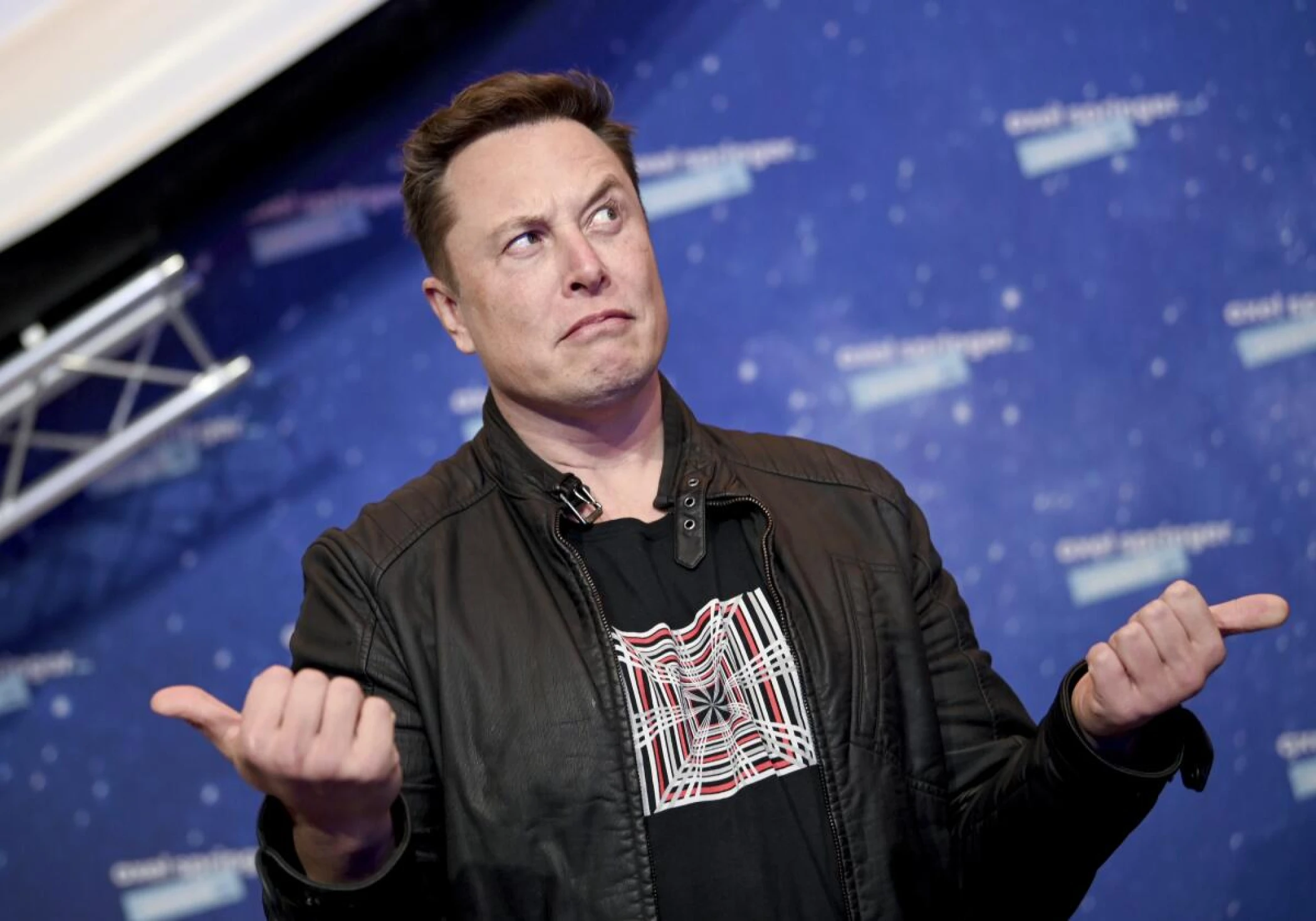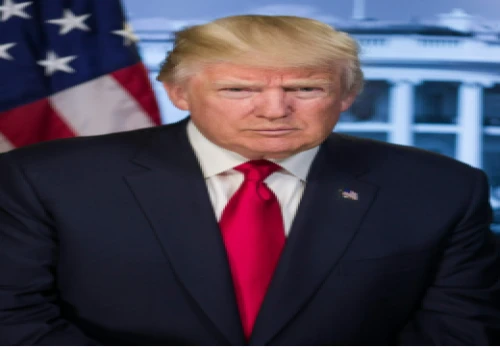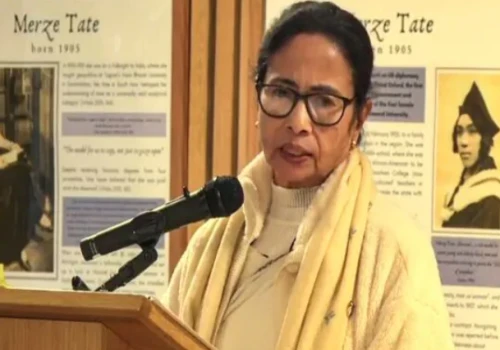
President Donald Trump and his adviser, Elon Musk, have initiated the termination of over 9,500 federal employees. This action, executed on February 14, 2025, primarily targets probationary employees across various departments, including Interior, Energy, Veterans Affairs, Agriculture, and Health and Human Services.
This initiative follows an earlier voluntary buyout program that saw approximately 75,000 workers accept severance packages, representing about 3% of the 2.3 million federal civilian workforce. The administration's aggressive approach aims to address concerns over government inefficiency amidst a $36 trillion national debt and a $1.8 trillion deficit
However, the rapid implementation has led to internal frustrations due to a lack of coordination, and has drawn criticism from Democrats who argue that it encroaches on legislative spending authority. Moreover, essential services, such as wildfire management, have been impacted, raising public safety concerns. Legal challenges have emerged, with federal judges temporarily halting some layoffs, reflecting the contentious nature of these reforms.
Elon Musk, leading the Department of Government Efficiency (DOGE), has advocated for the elimination of entire agencies to streamline operations. This strategy has resulted in the dismissal of critical personnel, including researchers in artificial intelligence and cybersecurity, potentially jeopardizing vital projects and the effective functioning of public administration.
The administration's efforts to reduce the federal workforce have also included directives for agencies to terminate leases on approximately 7,500 federal offices nationwide, further indicating a significant shift in government operations
As the situation develops, the long-term implications of these mass layoffs on government efficiency and public services remain uncertain.











